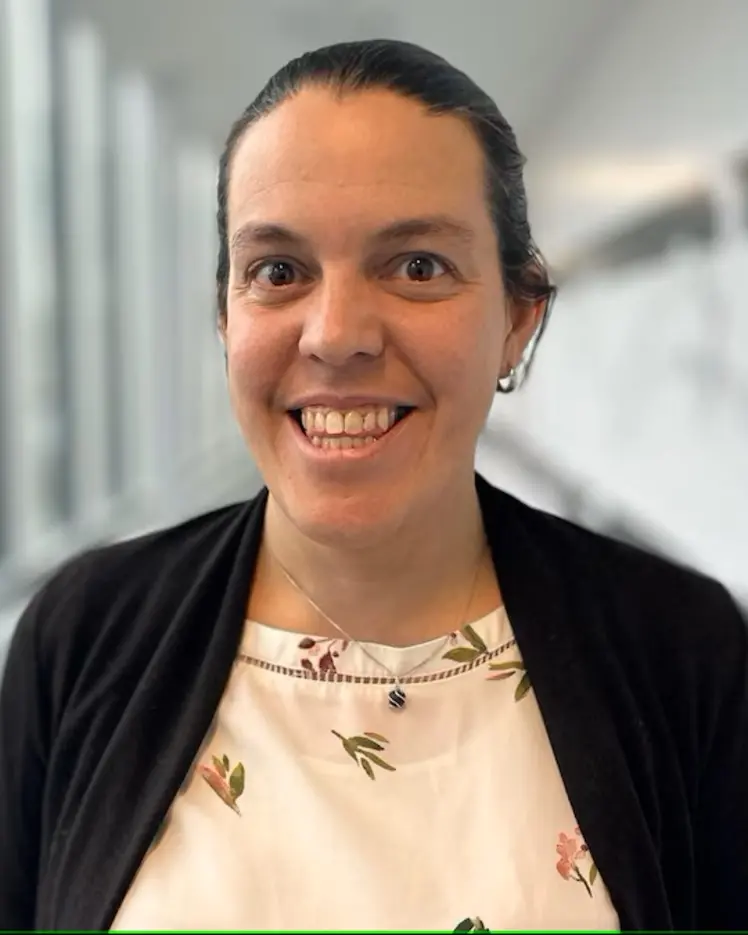
Flavie Lavoie-Cardinal
Biography
Dr. Lavoie-Cardinal is an is an Associate Professor to the Department of Psychiatry and Neuroscience at Université Laval, Québec, Canada, and a NSERC Tier 2 Canadian Research Chair in Intelligent Nanoscopy of Cellular Plasticity. She is also a principal investigator at the CERVO Brain Research Center and the Health and Life Science research axis leader at the Institute for Intelligence and Data in Québec city.
She is the Perception and Control axis co-leader in the Neuro-AI strategic regroupment UNIQUE and one of the co-leader of the Neuro-AI regroupment 1 at IVADO. She obtained her PhD in Chemistry in 2011, followed by two postdoctoral fellowships, one of which was in the group of Prof. Dr. Dr. Stefan Hell (2014 Chemistry Nobel Prize) on the development of super-resolution microscopy techniques.
She now leads a research group of 14 graduate and undergraduate students working the interface of optical microscopy, neuroscience and artificial intelligence (AI). Her transdisciplinary research program aims at developing novel AI-assisted bioimaging strategies to uncover the molecular signature of altered synaptic plasticity, leading to neurodegeration or cognitive impairment.


